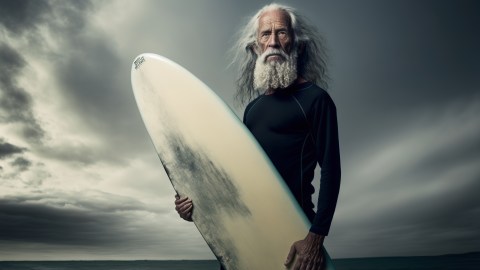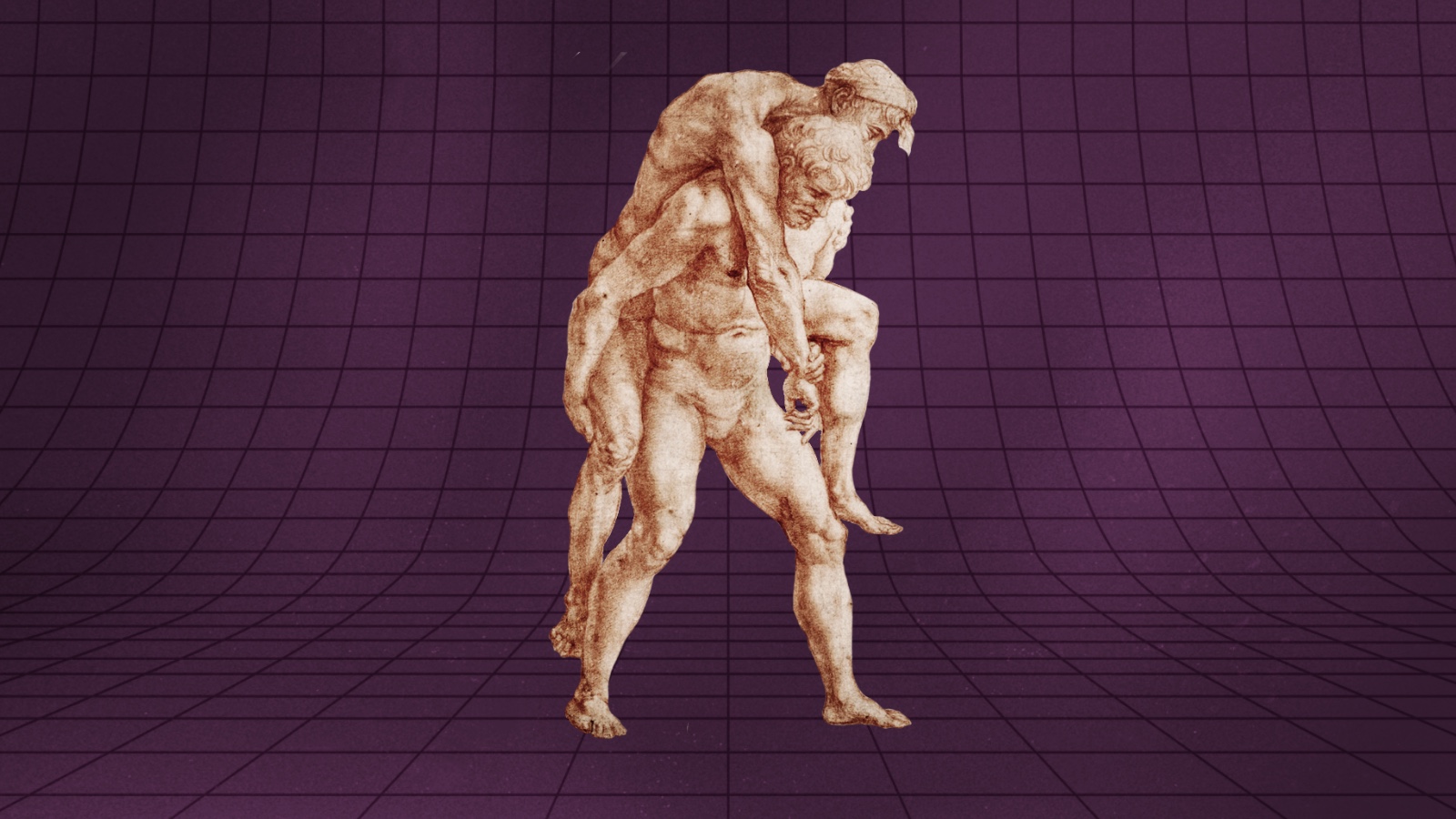Rules for sustaining peak performance as we grow older

Credit: IBEX.media / Adobe Stock
- New research suggests we can sustain peak performance longer than previously believed.
- Key skills like critical thinking and creativity can be improved in later life.
- Search out ways to combine multiple training requirements into a single activity.
Recent discoveries in embodied cognition, flow science, and network neuroscience have revolutionized how we think about human learning. On paper, these discoveries “should” allow older athletes to progress in supposedly “impossible” activities like park skiing. To see if theory worked in practice, I put these ideas to the test on the ski hill, conducting my own ass-on-the-line experiment in applied neuroscience and later-in-life skill acquisition — aka I tried to teach this old dog some new tricks.
Over the past decade, scientists have learned a great deal about maintaining vitality into our later years. Research into communities with exceptional longevity — technically known as Blue Zones — reveal five keys to a long, happy life: move around a lot, de-stress regularly, have robust social ties, eat well — meaning, eat mostly plants and not too much of anything — and try to live with passion, purpose, and regular access to flow. In other words, we now know the basic requirements for long-term health and well-being.
In recent years, scientists have uncovered the nine major causes of aging. There are now billions of dollars and dozens of biotech companies aimed at eliminating each of them. In fact, thanks to continual advancements in biotech, every day we manage to stay alive, we gain an additional five hours of life expectancy.
The upshot of all this? Most of us are going to be “old” — whatever the hell that means — for a lot longer than our ancestors and, quite possibly, a lot longer than we ever expected. So how do you want to spend that extra time?
A growing pile of research shows we can sustain peak performance further into life than anyone thought possible. Sure, physical skills begin to decline in our thirties. Sure, they drop roughly one percent a year thereafter. That’s where the biology stands today. But we are also starting to understand how to offset this decline without a significant amount of performance loss. And there’s an opportunity for enormous performance gain.
As we enter our fifties, if we get “it” right, we gain access to a suite of legitimate superpowers. Over the course of that decade, there are fundamental shifts in how the brain processes information. In simple terms, our ego starts to quiet and our perspective starts to widen. Whole new levels of intelligence, creativity, empathy, and wisdom open up. As a result, key downstream skills like critical thinking, problem solving, creativity, communication, cooperation, and collaboration all have the potential — if properly cultivated — to skyrocket in our later years.
What’s the big deal? I’ve just listed the six skills that experts agree are most crucial for thriving in the twenty-first century. More critical here, they’re also the six skills that may make answering “what if?” a hell of a lot easier than expected. Yet access to our superpowers isn’t automatic.
To produce the necessary brain shifts, we must first pass through a series of gateways. Work in developmental psychology shows that crossing these thresholds is necessary for maintaining happiness and well-being into our august decades. More important here, if the goal is peak-performance aging, passing through these thresholds and unlocking our superpowers significantly helps offset the natural decline that comes with time.
What are those gateways?
By age thirty, we need to have figured out who we are in this world, solving the crisis of identity. By age forty, we have to figure out how to make a living that is seriously aligned with our big five intrinsic motivators: curiosity, passion, purpose, autonomy, and mastery. By fifty, we need to forget old grudges, forgive those who have done us wrong, and generally clear our emotional slate. Finally, somewhere along the way, we need to counteract the rising risk aversion and general fragility that accompany aging.
When I’m not skiing or writing or hanging out with dogs, I’m also the executive director of the Flow Research Collective. We’re a neuroscience-based peak-performance research and training organization. On the research side, we collaborate with scientists at places like USC and Stanford to try to figure out what’s going on in the brain and the body when humans are performing at their very best.
On the training side, we take what we learn from the science and use it to train everyone from Fortune 500 companies to members of the US Special Forces community to the general public. But there’s one commonality among most everyone we train — they’re all busy.
Thus, at the Collective, we hunt multi-tool solutions, or solutions that solve more than one problem at a time. For example, meditation is a multi-tool solution. It trains focus, which helps produce flow, and it lowers stress levels, which often block flow. Two problems solved for the price of one.
Additionally, we hunt ways to stack practices, or nestle multiple training requirements into a single activity. Hiking my dogs uphill, at pace, over uneven ground, is an example. The dogs need to be hiked anyway, and harder hikes mean shorter trips to the gym. Slogging uphill fast trains endurance, coming downhill fast, over uneven ground, trains strength, balance, agility, and fast-twitch muscle response.
This last bit was key. Both strength and fast-twitch muscle response decline over time. This is one of the main reasons people think that learning to park ski is impossible for someone my age. But, like many stories in human performance, this one only tells part of the truth.
Somewhere along the way, we need to counteract the rising risk aversion and general fragility that accompany aging.
Steven Kotler
The actual truth is that strength and fast-twitch muscle response do decline as we age, but only if we’re not actively training strength and fast-twitch muscle response. It’s a use it or lose it situation. This is not to say that these capabilities don’t deteriorate over time. Muscle fibers begin to decline in number once we reach the age of fifty, but — if properly trained — those lost muscle fibers are buffered by the overdevelopment of ones remaining, or, as University of Michigan physiologist John Faulkner wrote in a 2008 meta-analysis of the issue:
“Even with major losses in physical capacity and muscle mass, the performance of elite and master athletes is remarkable.”
And today, standing on my porch and gazing at the mountains, that’s when it hit me: I didn’t have to add anything to my schedule. There was an additional practice I could stack on my current stack: weight vests. If I wore a weight vest while hiking the dogs, I’d train the same muscles needed to hike with a backpack in the backcountry without changing my schedule one iota. All that was required was mental fortitude: the willingness to let my regular hikes become harder slogs.
In other words, I had to do what I was always telling other people to do if they wanted more flow in their lives: Get comfortable with being uncomfortable.





